CFDA Hosts Screening of “Diane von Furstenberg: Woman in Charge”
June 18, 2024
Aldo Araujo


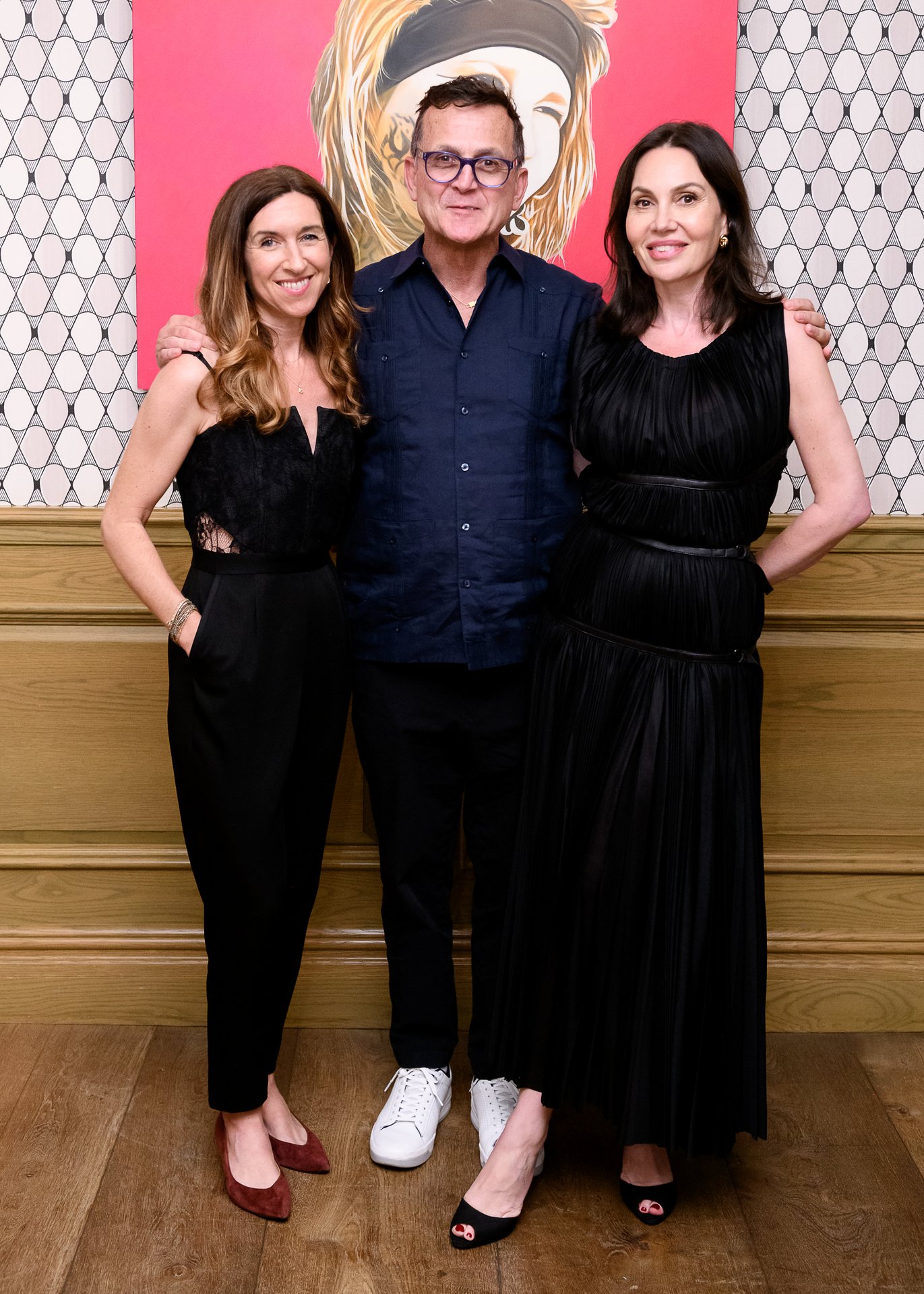

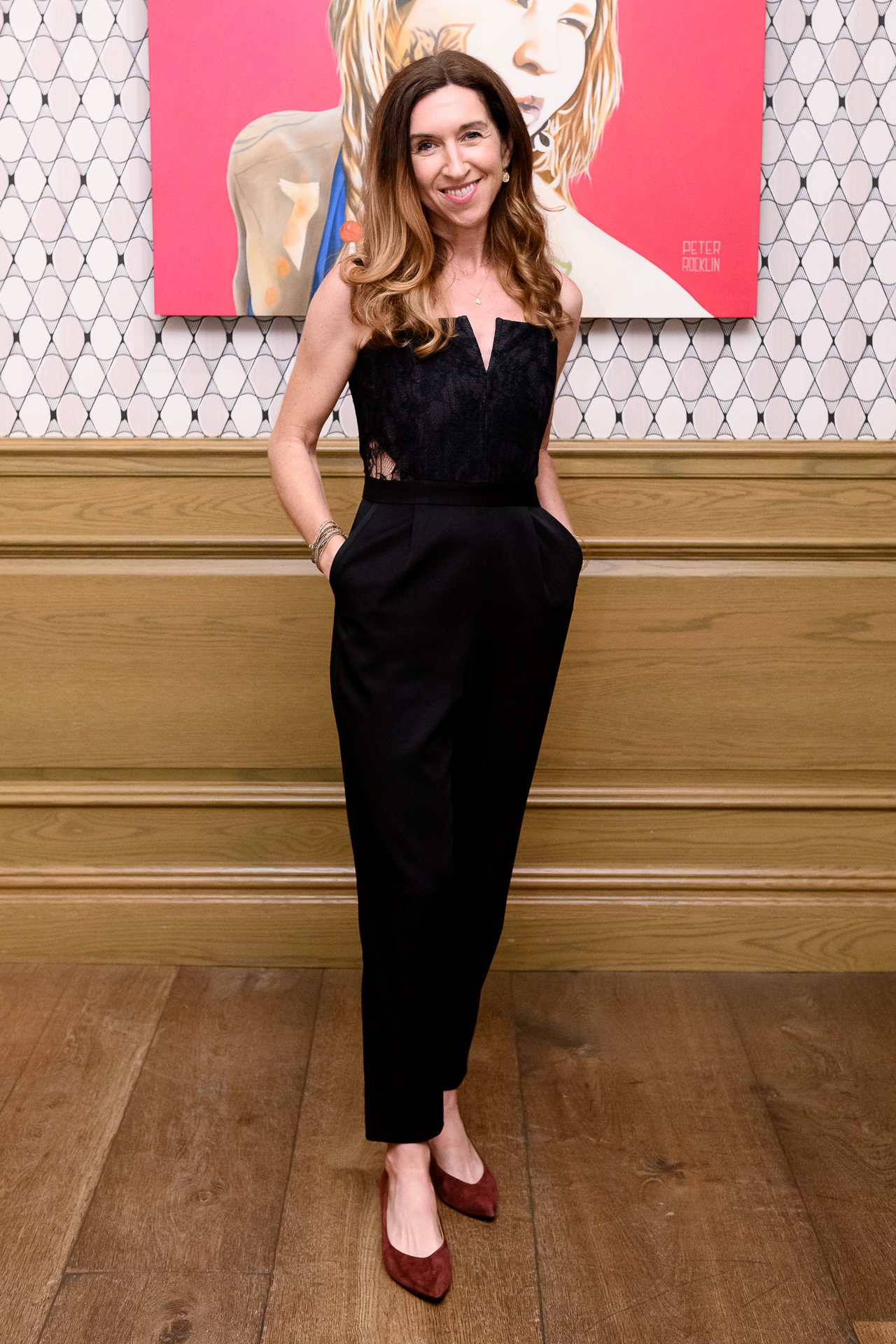

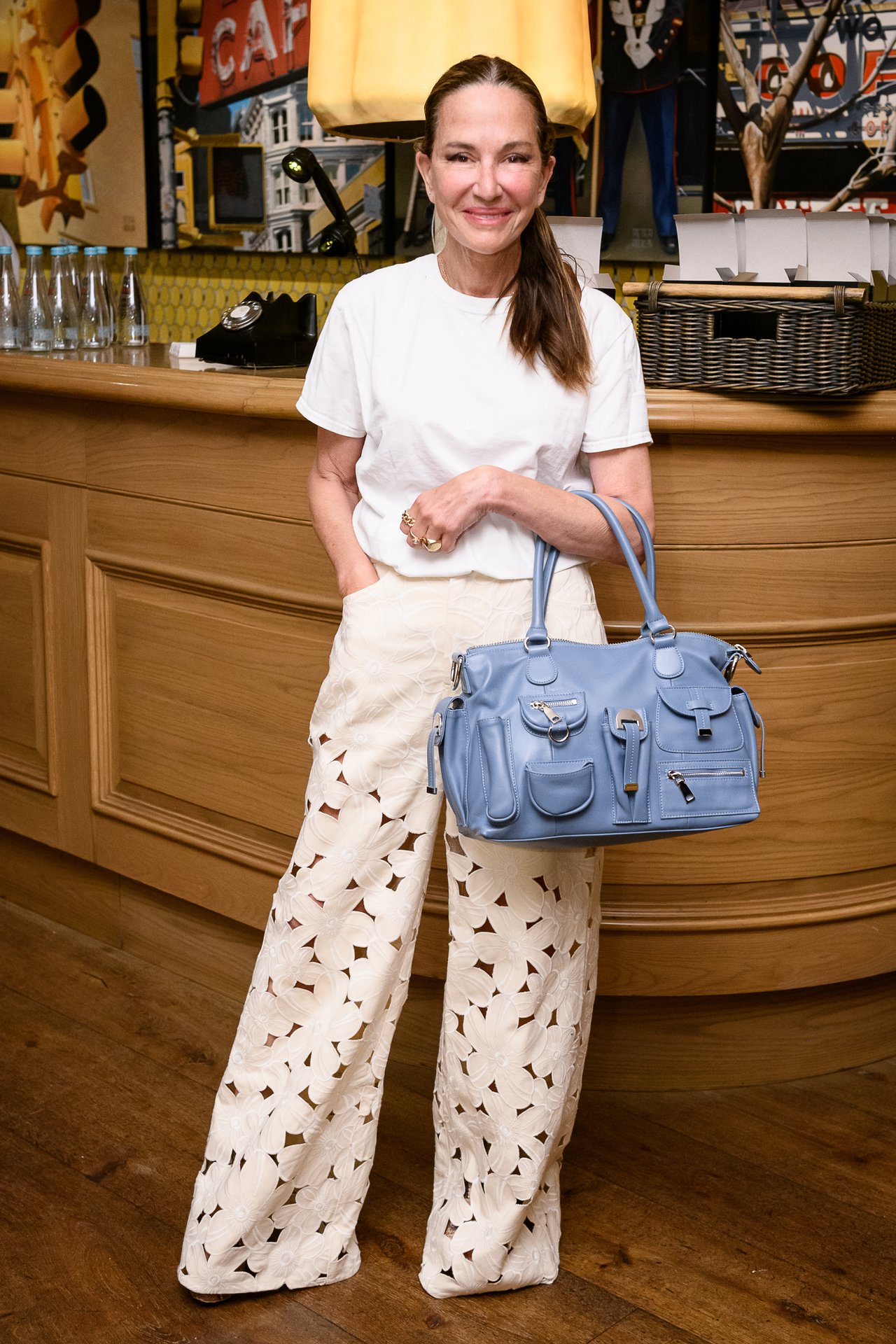
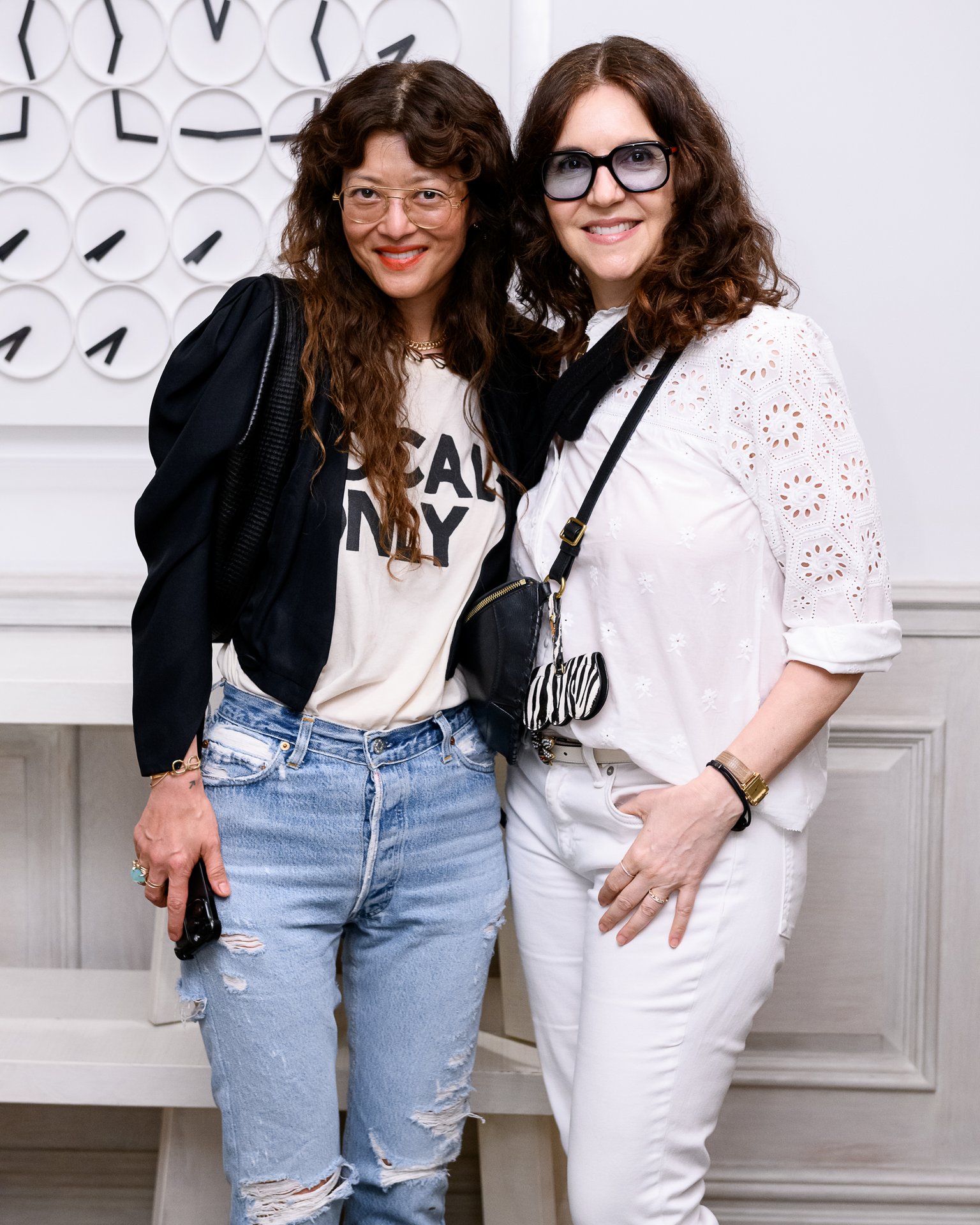
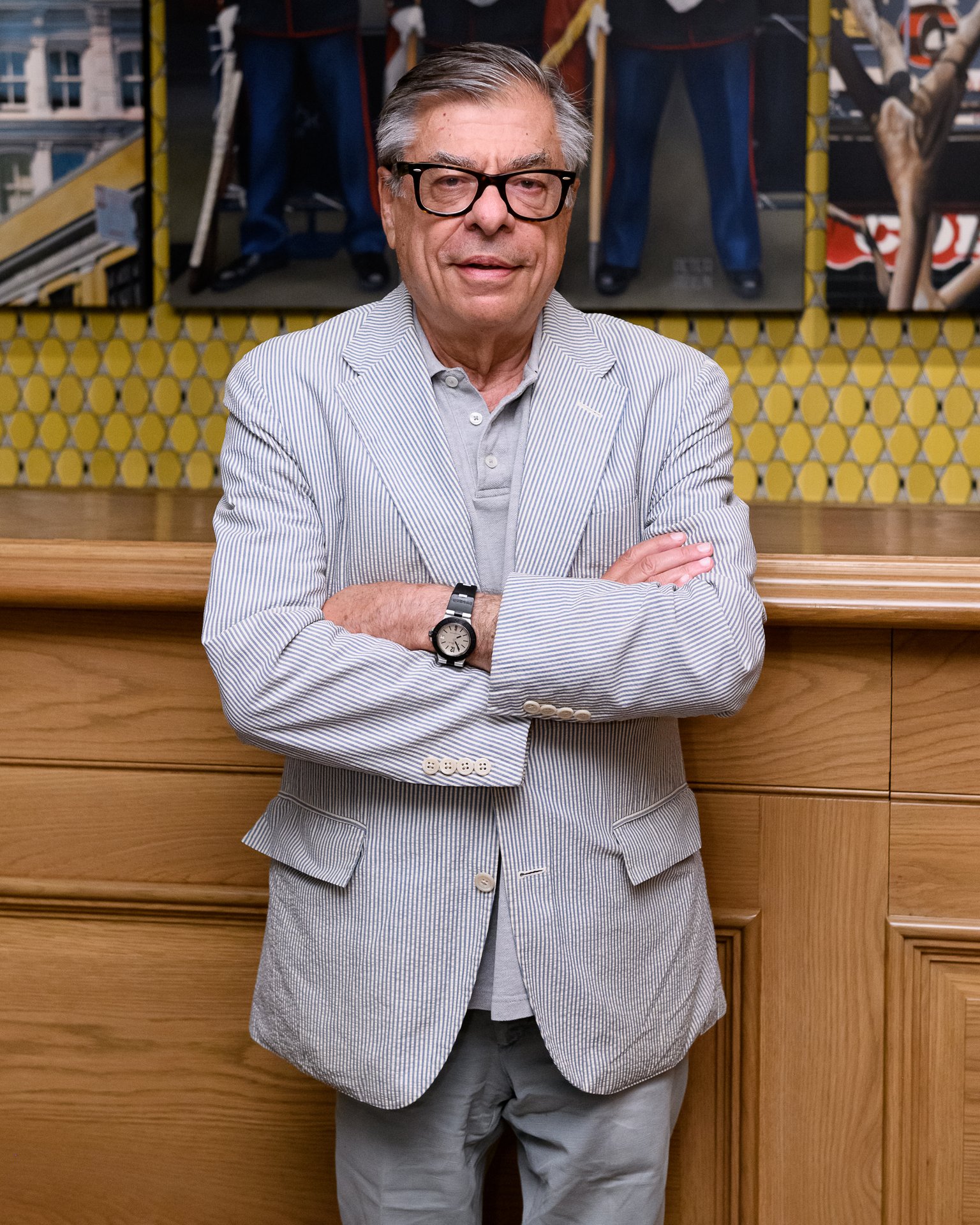

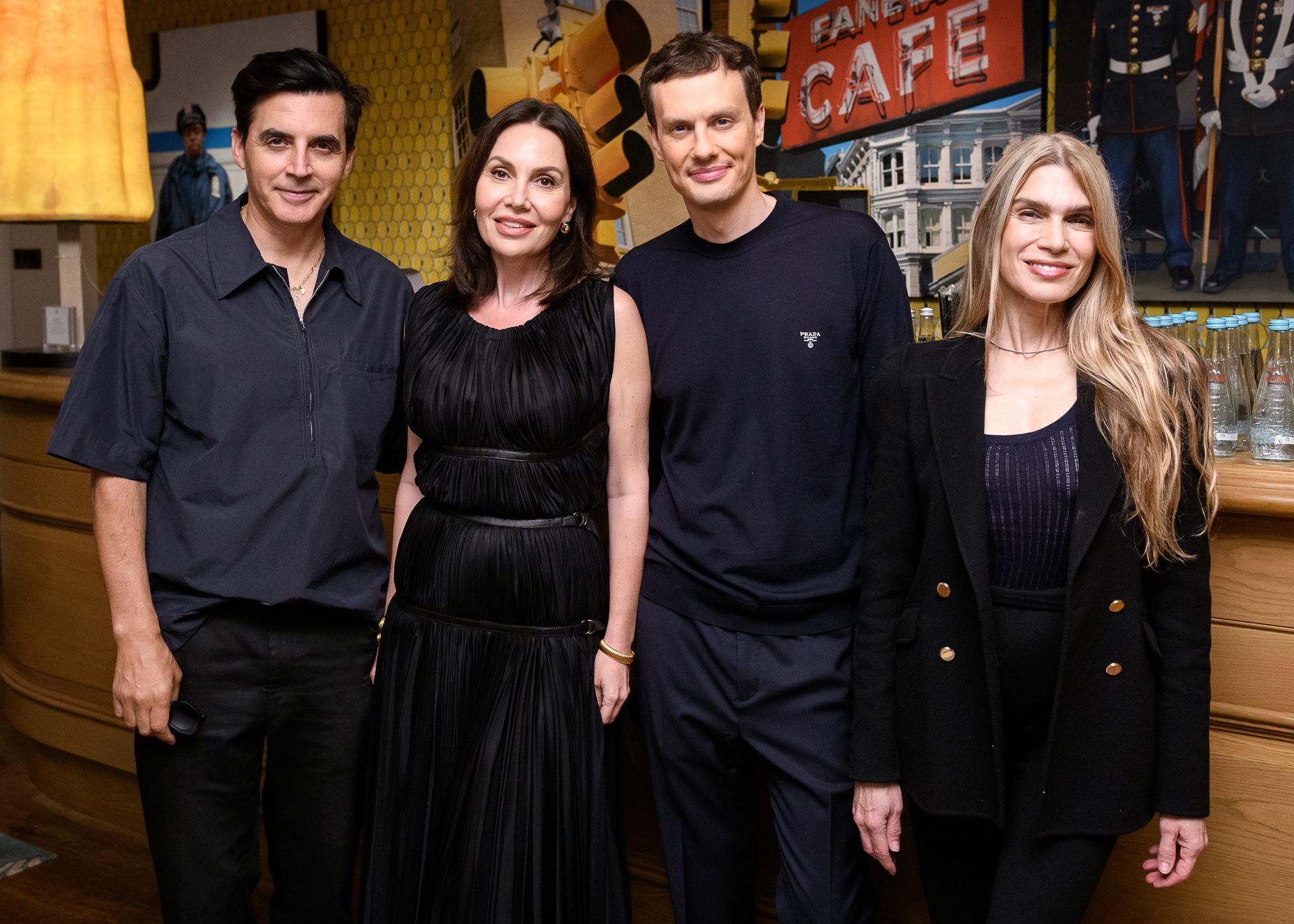
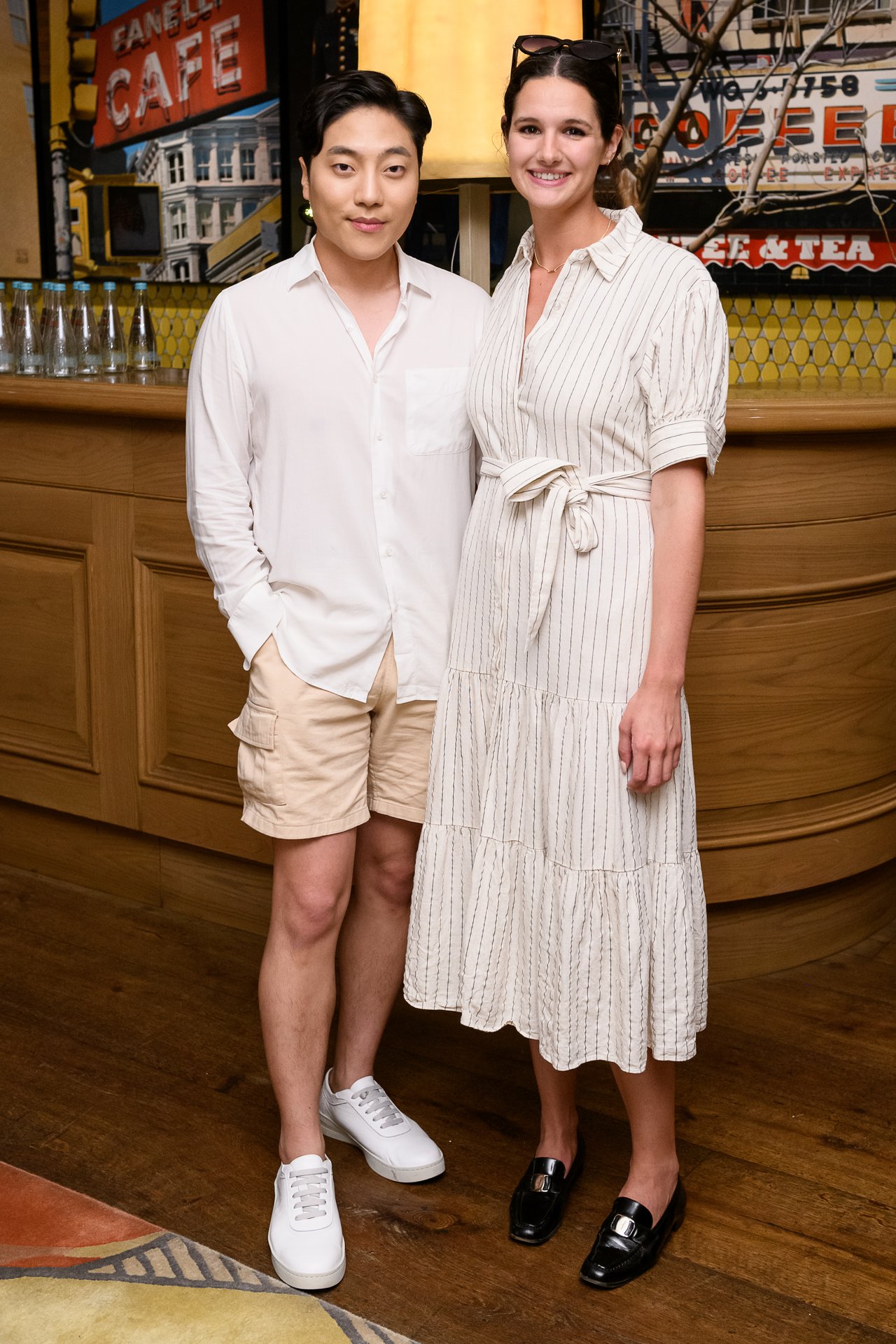
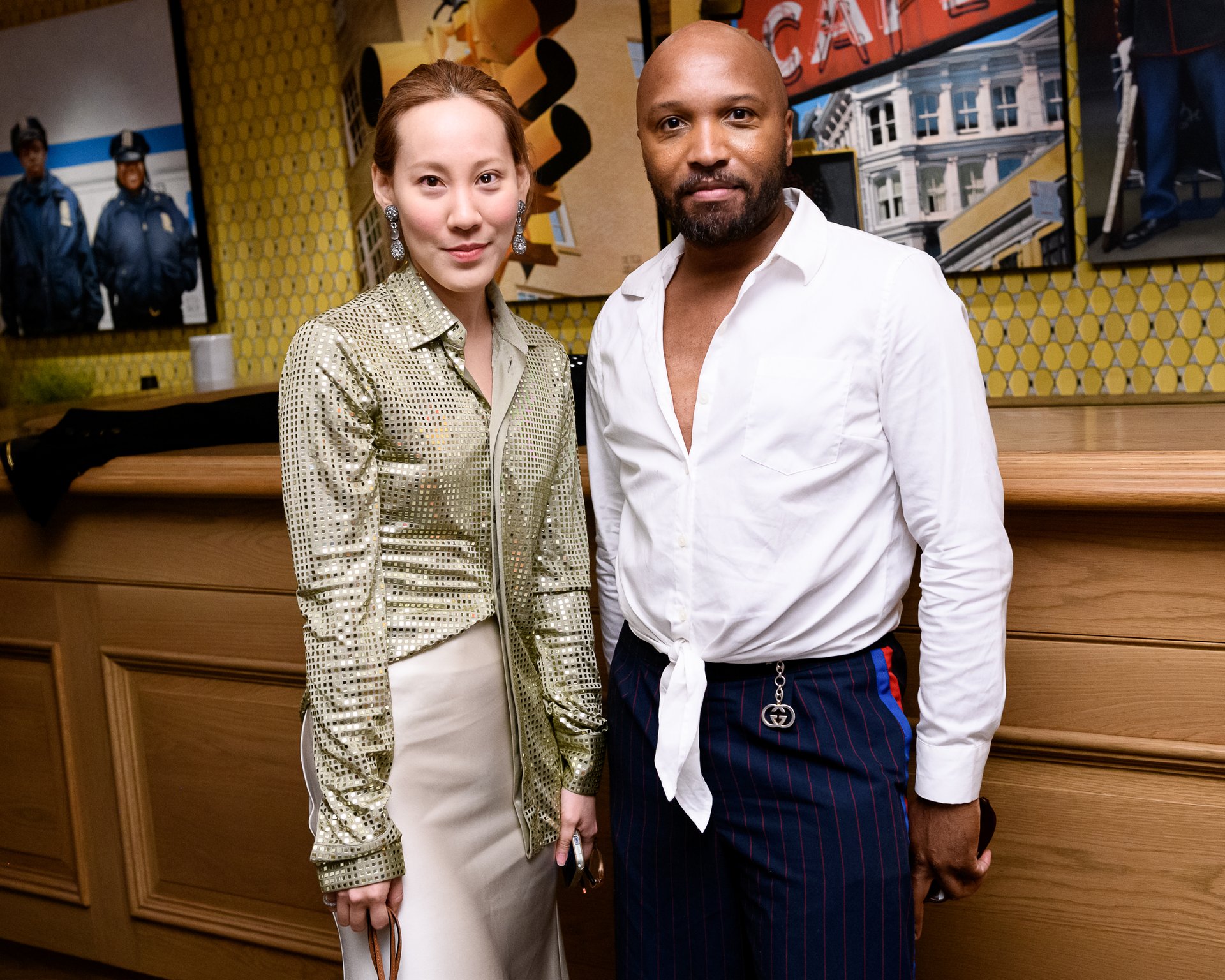

Trish Dalton, Steven Kolb, and Fabiola Beracasa Beckman.
Fabiola Beracasa Beckman, the film's producer.
Trish Dalton, the flim's co-director.
Cynthia Rowley
Sang A Im-Propp and Colette Malouf.
Bob Colacello
Trish Dalton, Fabiola Beracasa Beckman and Steven Kolb in a post-screening conversation.
Yigal Azrouel, Fabiola Beracasa Beckman, Robert Denning, and Dr. Macrene Alexiades.
Andrew Kwon and Elizabeth Ritger.
Cathy Ho Lee and Lor’renzo Hill-White.
Kara Pino and Alison Beracasa.
“I had a voice very, very early on, and […] I have used that voice the best I could.”
On Monday evening, CFDA held an intimate screening for “Diane von Furstenberg: Woman in Charge,” the new Hulu documentary chronicling the life of the former CFDA chairwoman, at the Crosby Street Hotel.
It may come as a surprise to the public that the documentary is less about von Furstenberg as a designer and more about family. But, for those that know her intimately – like many in the crowd at last night’s event – it’s exactly what they imagined the film of her life would look like.
The audience, made up of CFDA members, designers, industry friends and loved ones, shared laughs and oohs and aahs as the almost 90-minute film spanned a life full of love, joy, sex, triumphs and failures, but above all, resilience.
After the screening, a conversation with film co-director Trish Dalton, producer Fabiola Beracasa Beckman and CFDA CEO Steven Kolb took place. Below is a condensed version.
Fabiola Beracasa Beckman [FBB]: I must have asked Diane von Furstenberg (DVF) to make this film for maybe four or five years. And, you know, being rejected by DVF is not easy. But as David Bowie and Mick Jagger both know, it happens.
At one point, she just said, “yes, I’m ready to do this,” so I brought the co-director, Sharmeen [Obaid-Chinoy], and then Sharmeen brought Trish [Dalton] and then I brought Tracy. We were very adamant on creating an all-female team because it felt like the right thing to do for this film.
Steven Kolb [SK]: And what’s important to know about the film is Diane didn’t have any creative say about it at all, right? She didn’t see it until final cut.
Trish Dalton [TD]: Yeah, she actually was going to wait and watch it in theater, but we thought she should see it first.
SK: What did you want this film to be in the final cut? What did you as the directors of the film set out for it to be, and did it end up being something different in the end?
TD: When you’re setting out, you always have a general vision, but it’s not until you’re in the edit and you’re collecting things along the way that the story comes together. Did we know exactly what we’re doing until we got into the edit? No, but we wanted to include the glamour of her life and shoot things really beautifully, like the interviews, and include this woman on the go who photographs everything, who keeps scrapbooks, who has this very colorful, vivid, active lifestyle. That’s how we came up with a visual style.
FBB: One thing with documentaries, which is so fun and interesting, is they sort of reveal themselves to you as you go.
SK: There’s a lot of fashion in the film, but this really isn’t about Diane, the designer. What struck me is when she talked about how she didn’t set out to be a designer, but being a designer became the means to be the woman in charge she wanted to be. Was there fashion stuff that you learned or were there things that you didn’t put in the film that related to her career as a designer in fashion? And what were they?
TD: In an hour and a half, we had such little time, and that was one of the things that kind of fell on the cutting room floor. I think what we wanted—and what I hope comes through—is how she was really dressing the woman on the go and how she was not snobby about making her dresses available as part of the feminist vision for herself.
And one thing that I loved in getting to know Diane was that she really would dress on the go. She was low maintenance and focused on all the things that she’s doing, not focused on how much time she’s spending getting dressed, but she’s still fabulous, inspiring and really cool. That’s the appreciation that I got of her designs and her style, this effortlessness.
SK: Her mom is obviously a big and really powerful part of the film. Did you imagine that she was going to be the connecting thread to the film?
FBB: We always knew that Lily [Nahmias] was such an important person in DVF’s life and such a determining factor in how she lives. We always knew how important family is to DVF. So, yes, we knew that family was going to be at the core of the film.
SK: How does the real DVF contrast to the Studio 54 glamour woman that most people think of? What was the contrast there or the similarity there?
FBB: I think one of the things that has inspired me in particular the most about DVF is that she is sort of every woman in a way where there’s so much hypocrisy around what women can and can’t be in the world. You can’t be a great mother and a great business woman. You can’t be seductive and an activist. She’s the child of a Holocaust survivor who married a prince. She is every woman and she really embodies all of that. It’s not how they intersect, they coexist.
What’s great about her and what’s great as an inspiration to women is that we can coexist with all those sort of facets of ourselves as well. And it’s really important because society will tell you you’re too pretty to be smart or you’re too this to be that. And it’s not true. You can be all of those things and they can all coexist.
SK: What do you think the viewer outside of New York, Los Angeles or Miami, person in Middle America is going to get from this film?
TD: Like the title of the movie, and like she always says, woman in charge is being in charge of you and your life and your decisions. I hope that that comes through in the film so that when people are watching it, they can feel empowered to do whatever they want and be themselves.
PHOTO CREDIT Darian DiCianno/BFA.com

